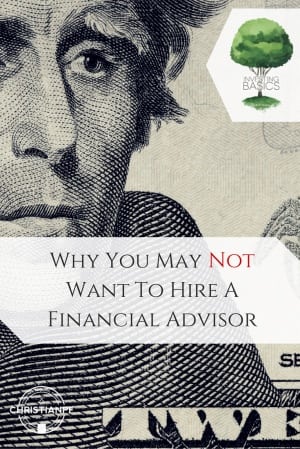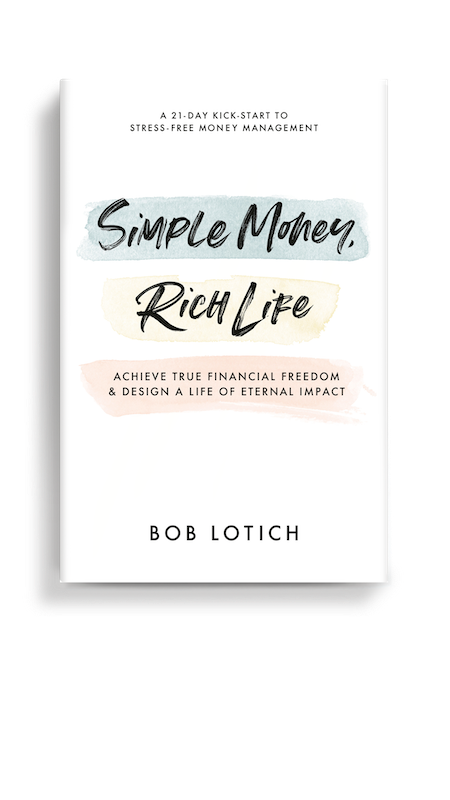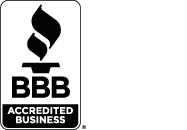 Many people are perfectly content to not know what’s going on in their investment portfolios.
Many people are perfectly content to not know what’s going on in their investment portfolios.
They’re happy to turn the job of investing over to someone else, like a financial advisor, so that they can tend to other things in their lives.
And maybe there’s even some comfort in being able to blame someone else when the market drops and takes your investments down with it.
But there are others who are rugged individualists, even and especially when it comes to investing. If this describes you, you may want to invest without a financial advisor. In fact, if you are fairly adept when it comes to investing, you may not even trust turning your investing over to third-party at all.
For you, do-it-yourself (DIY) investing is the only way to go.
The advantages of DIY investing
Even though your life will be more complicated absent a financial advisor, there are certain advantages to DIY investing, and they can make a big difference with the long-term performance of your investment portfolio.
Here are just a few:
- You can probably match or beat an advisor with index funds – Very few investment advisors outperform the market, especially over the long run. You can probably match or beat a good financial advisor just by investing in a mix of low cost index funds.
- Lower investing fees – Financial advisors charge fees to manage your investments, and those fees can be anywhere from 2% to 8% of your portfolio. That will cut into your investment returns, and worse, you’ll have to pay the fee even if you lose money. DIY takes those fees out of the picture.
- A fully customized portfolio – A portfolio managed by a financial advisor will contain investments and asset allocations that the advisor feels good about. The only way to have a fully customized portfolio – one you’re completely OK with – is to do your own investing.
- Sharpening your investment skills – Like everything else in life, your investing skills will get better with time and experience. The only way to make that happen is by managing your own investments. Hiring a financial advisor can lead to weak investing muscles!
Who does DIY investing work best for?
You may or may not be the best person to manage your own investments. It all depends on how you are when it comes to investing, as well as your emotional tolerance for the ups and downs that investing brings.
If you have a solid understanding of the investment markets, picking investment securities – or at least the right funds – proper asset allocation, and at least a general sense of timing, you probably have what it takes to manage your own investments.
If you have little or no knowledge of any of the above, or maybe you don’t trust your own instincts, you’ll certainly be far better off turning the job over to a financial advisor. As much as investing seems easy after several years of a very reliable bull market, the potential is very real for things to go very wrong when stocks turn down in a major way.
Low cost brokers for DIY investing
Beyond basic investment knowledge, the most important tool that a DIY investor can have is a good discount brokerage firm. This includes firms that have a strong mix of low investment fees, and the widest possible selection of investment options.
Here are a few brokerage firms that are coming up on DIY recommendation lists on a regular basis:
Trade King
Trade King comes up with consistent rankings as one of the best overall trading platforms available. It offers the following benefits to the DIY investor:
- Stock trades at $4.95, $9.95 on no-load mutual funds, and no fee on load funds
- Virtual trading tools
- No custodial fees and no minimum balances on Traditional or Roth IRAs
- An online community where you can swap trading ideas and strategies
- Maxit Tax Manager (with free access)
Scottrade
This is another highly regarded online discount brokerage firm, and it even offers local branches – a comforting feature, even if you never have to use it. Scottrade offers the following benefits:
- Stock trades at $7.00 and $17.00 mutual funds trades
- Free tax management tools
- Advanced trading tools (even experienced traders can use a brush up from time to time!)
- No custodial fees and no minimum balances on Traditional and Roth IRAs
E*Trade
Also a very highly regarded brokerage firm and one that offers full service brokerage and a bank! You can keep your checking and savings accounts with the same company you invest with, and that provides some obvious advantages, like seamless money transfers.
- Stock trades at $9.99 (dropping to $7.99 per trade if you make at least 150 trades per quarter) and $19.99 mutual fund trades
- No custodial fees (with electronic statements) and no minimum balances on Traditional or Roth IRAs
- Checking accounts with debit cards and no ATM fees
- Close to 100 fee-free exchange traded funds (ETFs)
Financial advisor or DIY – which will work better for you?
As recommended above, if you don’t have the knowledge of investments, or even the general interest in learning, you’re better off to go with a financial advisor. If you have strong investment knowledge, and a willingness to take chances, you’re a DIY investor at heart, and you should just go with it!
But what if you’re somewhere in between?
This probably describes the majority of investors. If you are one of them, but you want to become a DIY investor one day, you can take it in measured steps:
- Open up an account with an online discount brokerage firm, such as one of the firms above.
- Determine an asset allocation mix that is reasonable for your age and risk tolerance. The mix should include appropriate percentages of stocks, fixed income assets, and cash. A well balanced asset allocation takes much of the risk out of investing.
- Start by investing your money in low cost index funds. In general, funds tied to the S&P 500 should make up the bulk of your equity investments.
- Subscribe to an investment advisory service or two, and participate in investment forums where other investors come to exchange investing ideas.
- As you become comfortable with the investing process, slowly begin to move into individual stocks. These are more risky than funds, so you need to go slow here.
- As your investment success and confidence build, you can begin moving a larger percentage of your portfolio into individual stocks, or even into other risk investments as you feel ready to do so.
Given the uncertainty about both the future outlook for the economy, and for retirement planning in particular, learning how to invest is becoming something of a very real survival skill. It’s fine to turn investing over to a professional if there is no other option. But each of us owes it to ourselves to sharpen our skills as investors, and to at least take a shot at DIY investing, however slowly we do it.




